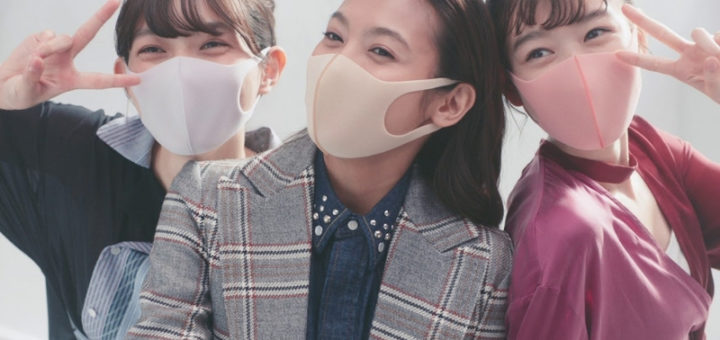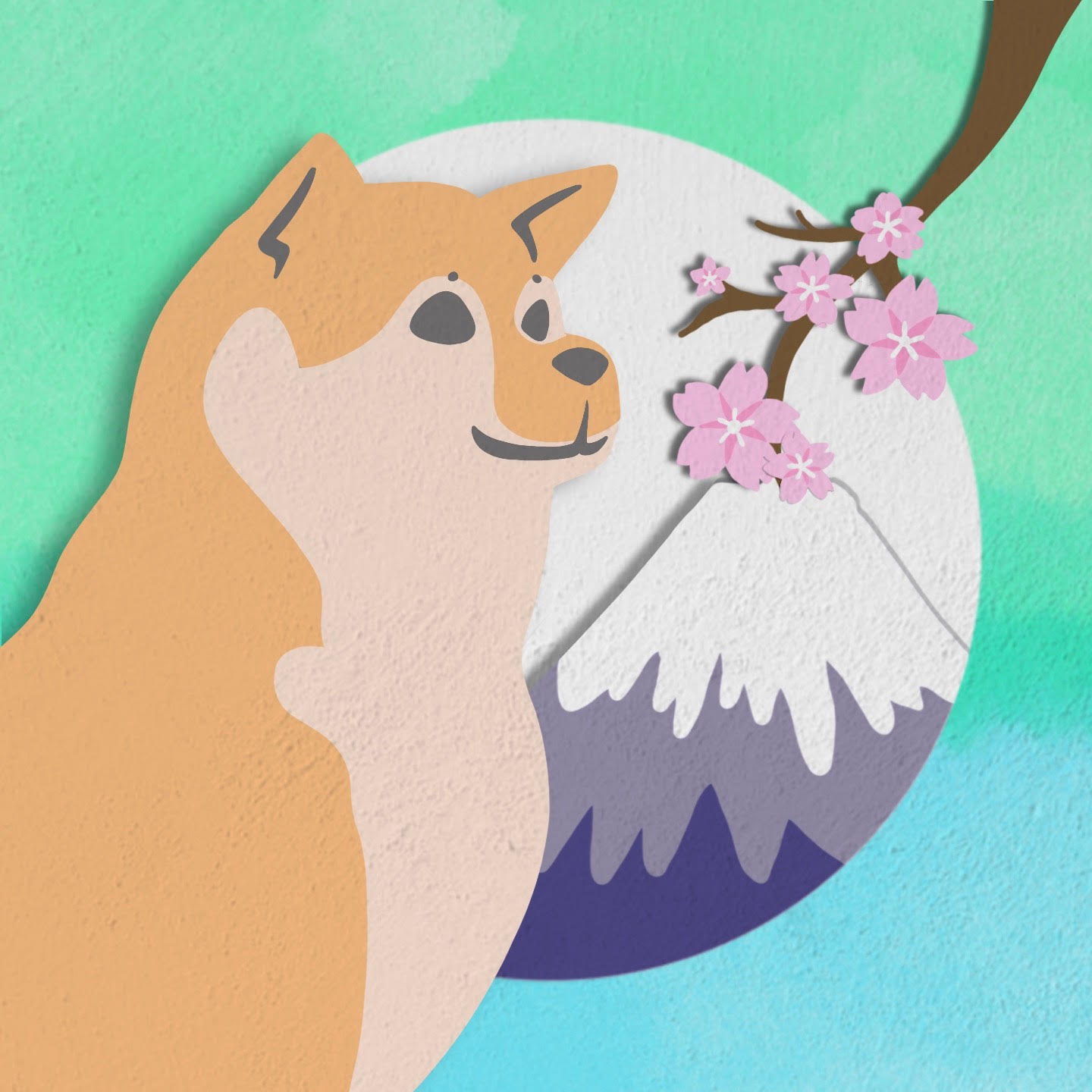
The Unique Fashion Identity of Masks in Japan
Japan has a multitude of unique and diverse fashion styles, but have you ever considered the impact the facial mask could have on fashion?
A facial mask: most commonly used to protect one’s self or others from germs or airborne particles. Wearing a mask is quite common in Japan. It complements the close-knit, commuter lifestyle that most Japanese citizens experience every day. On top of protection, people enjoy the sense of privacy felt when wearing a mask, especially on a crammed train during rush hour. If someone does not feel like getting their face ready for the day, such as putting on make-up or shaving, they may quickly throw on a mask and get out the door. Now more than ever, mask usage is prevalent not only in Japan but throughout the world. That being said, these slips of fabric that we use to cover our face can be more than just a means to keep germs away. In a society where matching school uniforms and black suits can blur fashion and individuality, face masks are a way fashion identity is being carved out.

There are, however, levels to how unique a mask can be customized. The first level of uniqueness seen in masks is simply the shape. The standard white mask is the most commonly seen, but in Japan, this mask can take on several variations, the latest of which is a sleeker, more aerodynamic design which resembles a V-shape. This not only looks more aesthetic than the typical square mask but also has more space inside, making it easier to breathe. This design is ultimately more effective than the older one but can cost slightly more, which makes the old designs still the most widely used.
Once the white visage is ditched, though, masks take on a variety of colors. It is common to see a mask color to go with an outfit; tan, black, gray, green, the color doesn’t matter. It makes for a great metaphor of how contrasts are blended into Japanese culture. A bullet train cutting through bright green rice fields promotes technology while emphasizing nature. A quiet temple located in the heart of a bustling city, mixing the old with the modern. This same feeling (albeit on a smaller scale) can resonate from standing out from the crowd with an attention-grabbing graphic on their mask, while still giving the wearer a sense of “fitting in.”
Aside from sleek designs and matching colors, accessorized masks are also a part of mask fashion. These can range from having a few metal rings in your mask to completely decking it out with chains, rings, slits, symbols, and more. Heavy gothic and grunge themes are popular. More fun mask fashions include mouths on the front. The expression and type of mouth design can convene the wearer’s mood or style. They even make masks based on popular anime characters. This trend is common among younger crowds and can usually be found in areas like Harajuku. Although, depending on the level of accessories, these masks can also be a step backward in terms of practicality. The ease of throwing a mask on is made ineffective when worrying about something falling off or getting snagged. Striking a balance between comfort, style, and practicality, is essential to pull off mask fashion effectively.

The way of expressing one thing while at the same time, hiding another is the essence of mask fashion. As fashion continues to change and evolve, I have no doubt that masks and the ways they are used in expression will change as well.
Related Articles
AI Girlfriends: Exploring the World of Virtual Companions
AI-generated girlfriends are growing popular on Japanese Twitter. Learn more about what they can do, and what it could mean for the future.
Discover Japan’s Top 10 Must-Visit Places
From stunning landscapes to bustling cities, Japan offers many unforgettable experiences. Here are Japan’s top 10 best places to visit!







